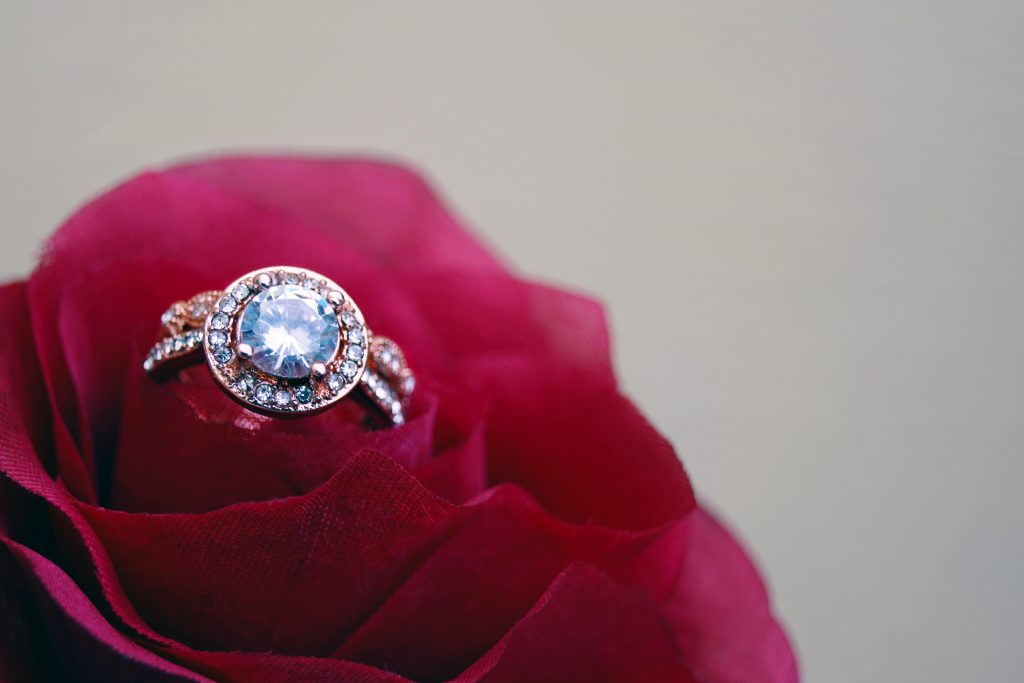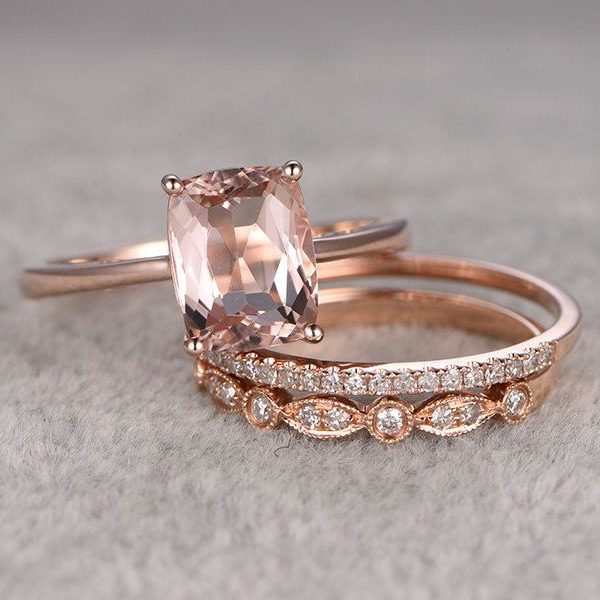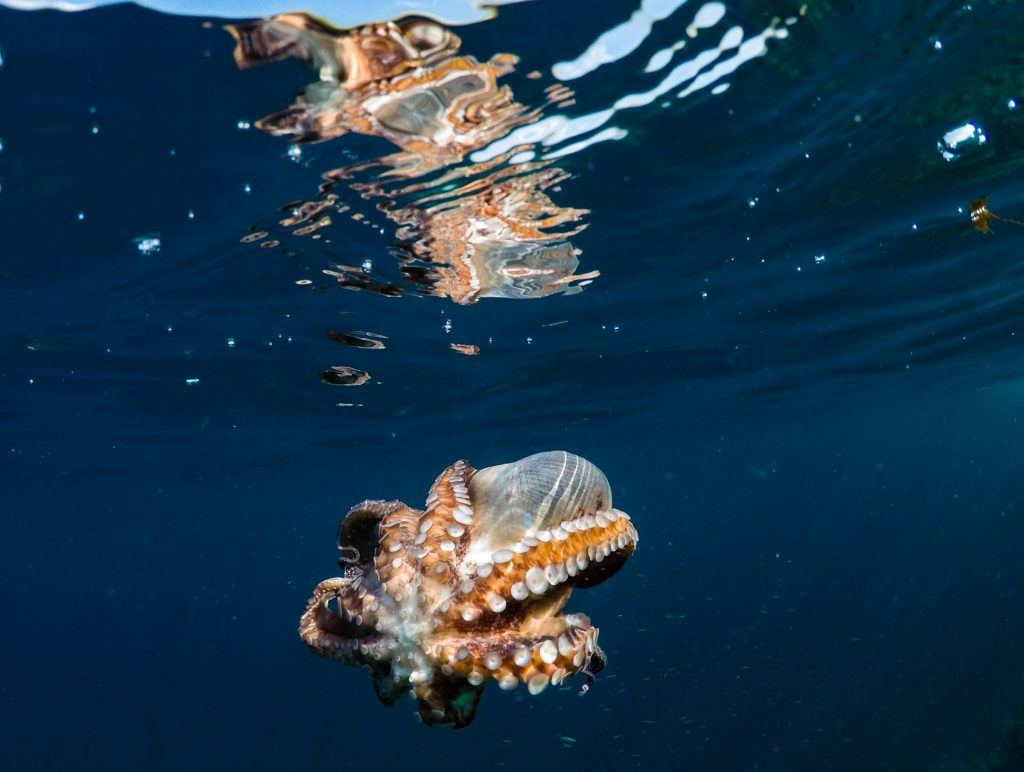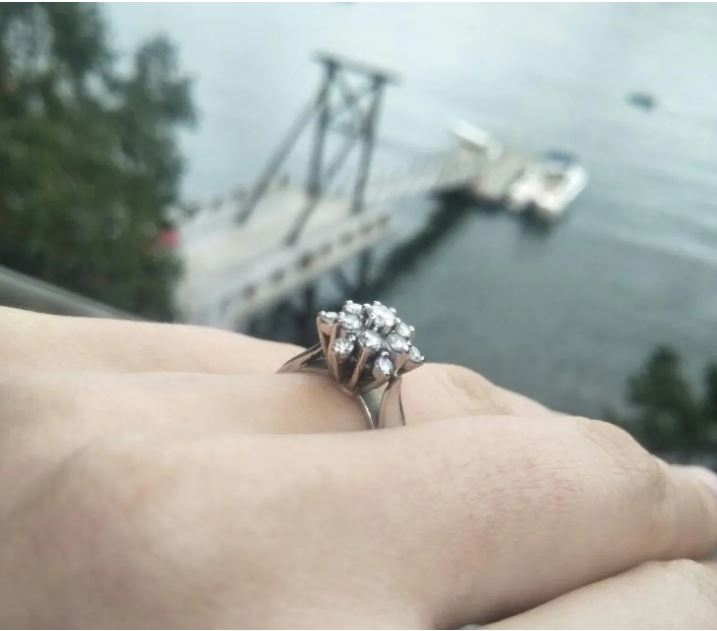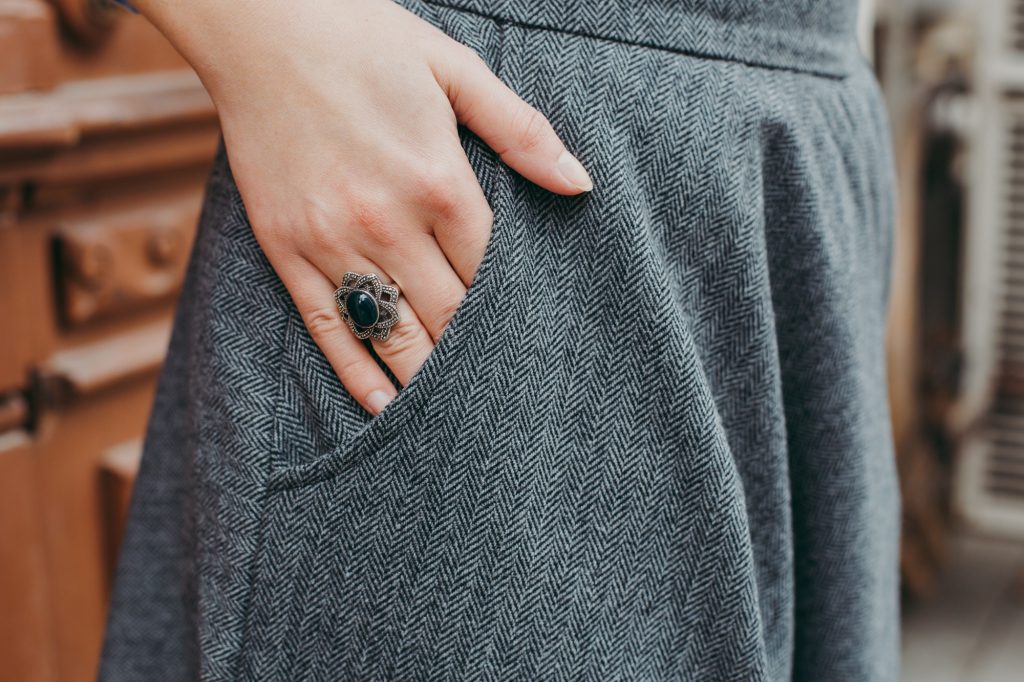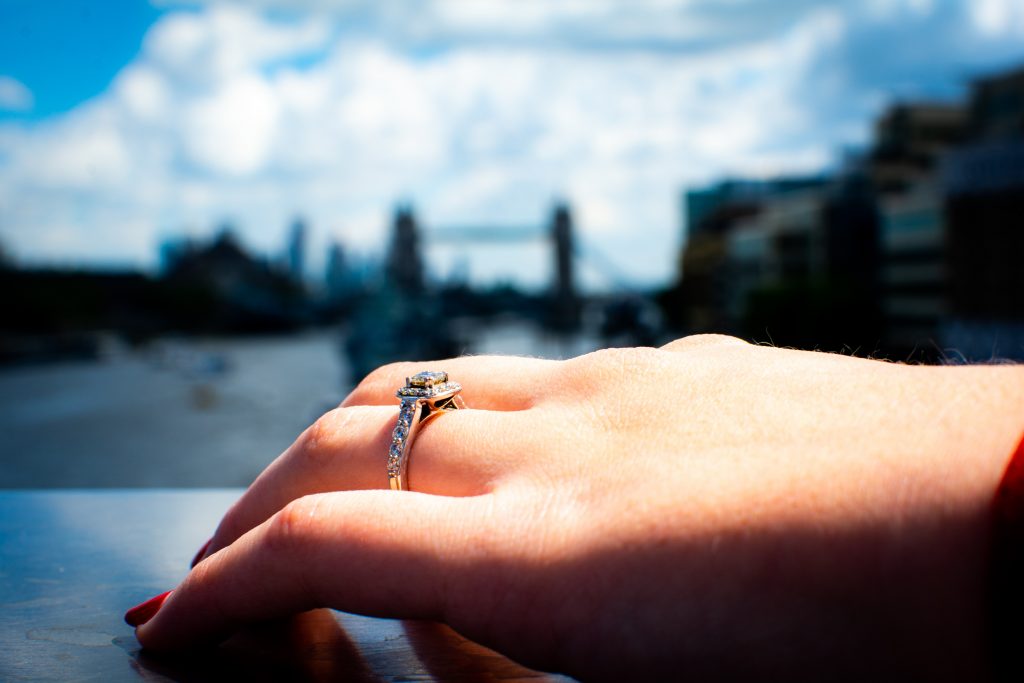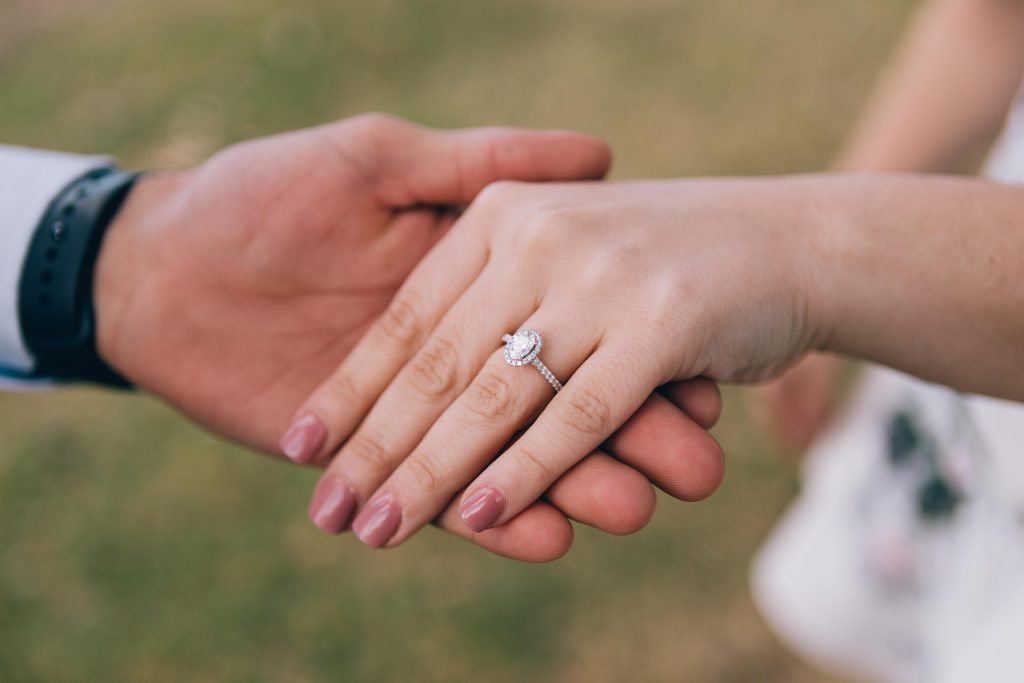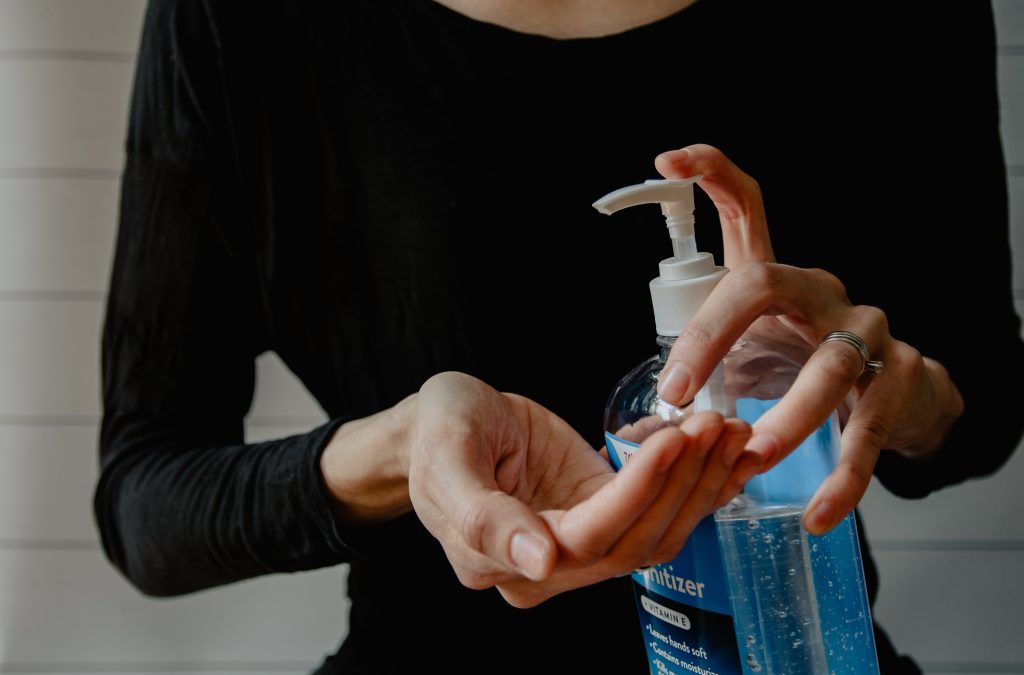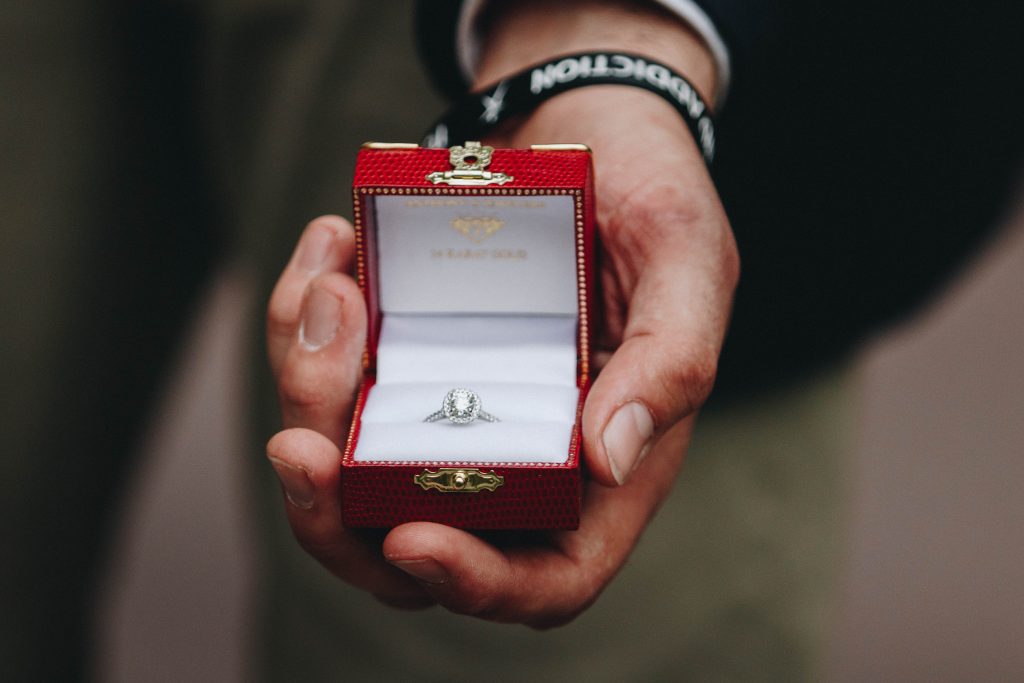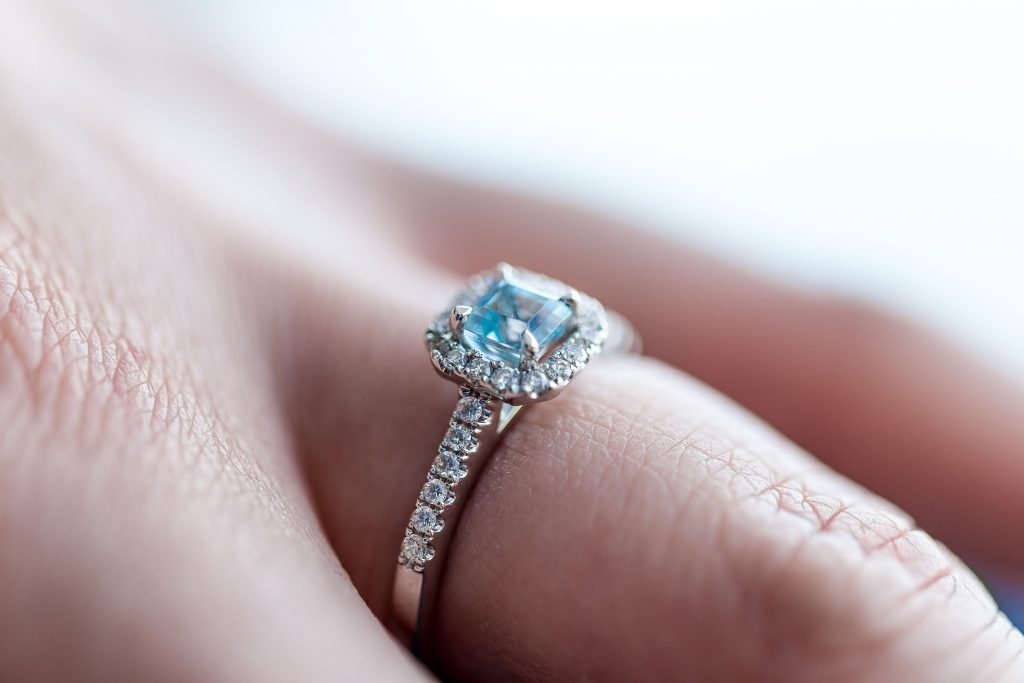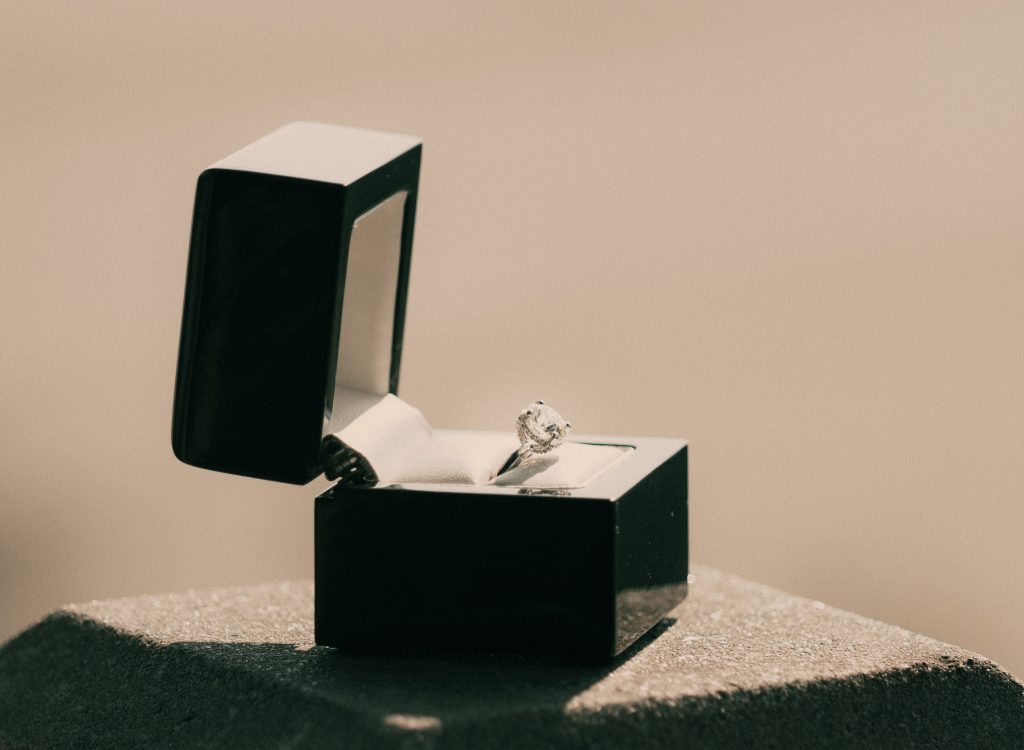If you’re a colourful person, why not have your engagement ring to reflect that? Instead of opting for the standard diamond, go for something unique and unexpected. Colourful stones have been trending in the wedding world for a few years now.
While rubies, sapphire and tanzanite are popular alternative choices, how about something less popular but equally beautiful? Aquamarine is slowly growing in popularity as an engagement ring stone. Here’s why.
https://www.instagram.com/p/B_tNcJmB_yV/?utm_source=ig_web_copy_link
Aquamarine is a light blue stone reminiscent of crystal clear ocean waters, making it a fitting option for your ‘something blue’. This stone falls in the beryl family, calling morganite and emerald sisters. It’s name comes from the latin aqua marinu, meaning “water of the sea”.
Aquamarine scores 7.5-8 on the Mohs scale, making it less durable than a diamond, but is more suited for everyday wear.
The stone is typically a light greenish-blue, but can range in shades and colour saturation. The more vivid the colour, the more expensive the stone. Instead of size, the price of the stone is dependent on clarity, depth of colour, and to a lesser extent the purity of colour.
https://www.instagram.com/p/B_0XJx_lCUI/?utm_source=ig_web_copy_link
Speaking to Brides.com, jewelry expert Lauren McCawley explains the interesting legend of this dazzling stone.
“Legend has it that the aquamarine gemstone originated in the treasure chests of mermaids,” said McCawley. “Mariners have long carried the stone for protection against the wrath of the sea.”
As such, aquamarine makes for an amazing gift for anyone with a deep love for the ocean. It is also the birthstone for March, so anyone born in that month will appreciate this stone.
https://www.instagram.com/p/B_hyAhNgSPP/?utm_source=ig_web_copy_link
Picture: Pexels

